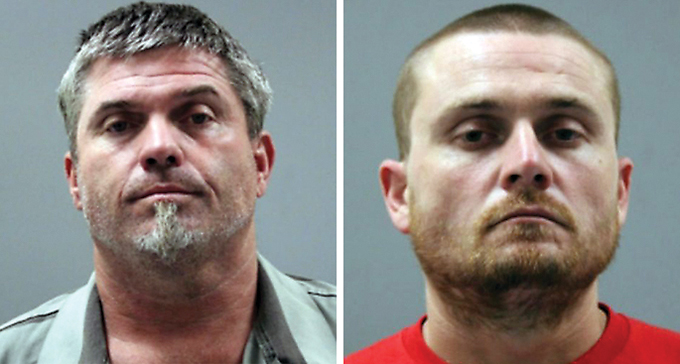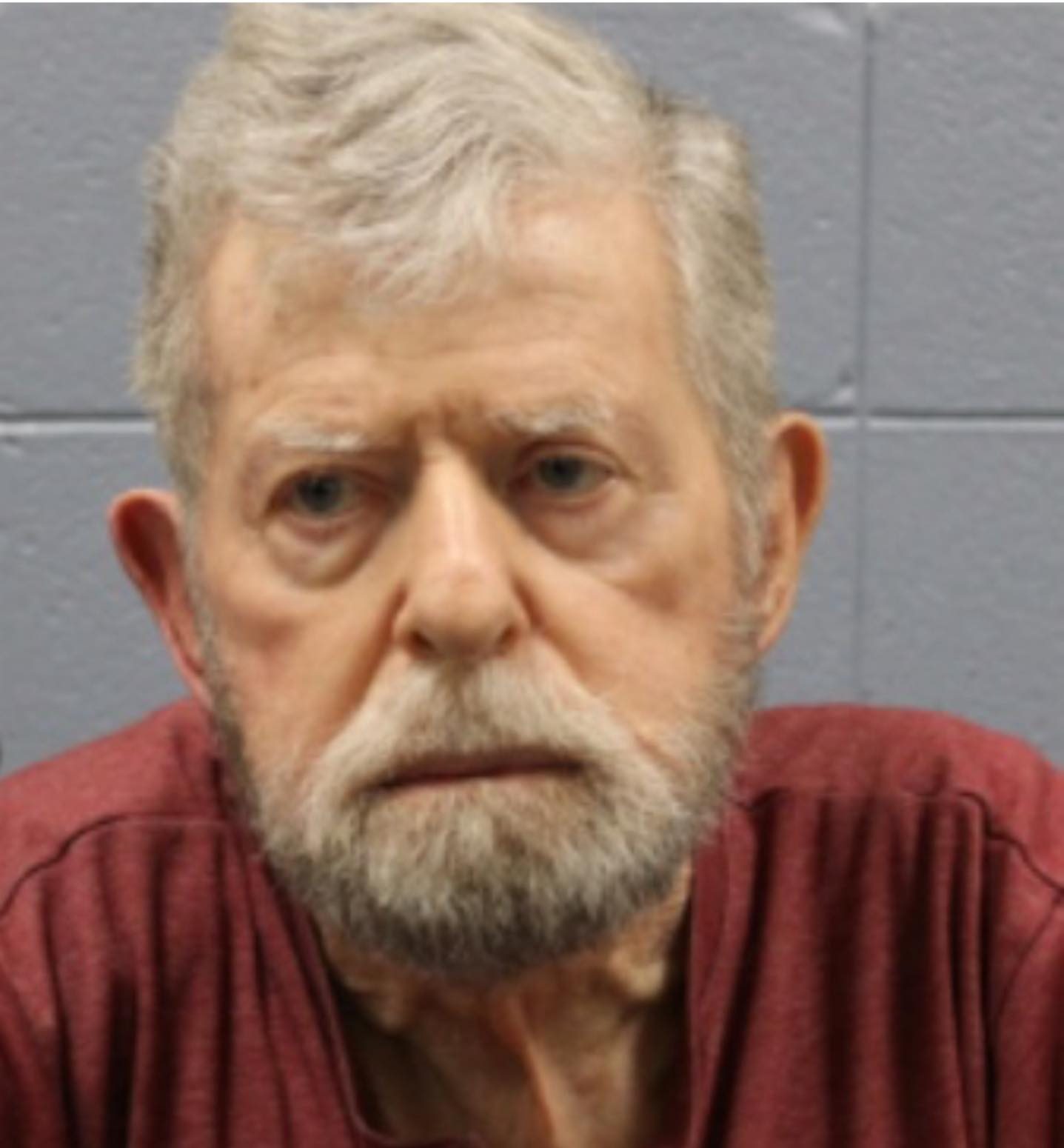After seven deaths in three years, is safer Highway 72 in state’s plan?
Published 9:09 pm Saturday, August 19, 2006

- U.S. 72 dangers
After the recent deaths of two women on a deadly stretch of U.S. 72, residents are once again asking state officials: How many deaths will it take before action is taken to make the highway safer?
A highway official’s response probably won’t ease worries: A turn lane proposed to help prevent head-on collisions may not be completed for six to eight years.
Selina C. Gilbert, 37, and her daughter, Tiara S. Gilbert, 18, both of Athens, were killed Aug. 8 in a head-on collision on U.S. 72 West at Parker Road. Their car crossed the line into the eastbound lane of the four-lane highway.
The incident brought the total of deaths in the past three years to seven on the 12.5-mile stretch of U.S. 72 between the Athens city limits and the Elk River. Only painted double lines separate the four-lane highway’s east and westbound traffic on that section of road. There is no turn lane, median or barrier in place.
Some community members feel this wreck’s fatalities and others could have been avoided.
“I guarantee troopers are out there everyday working a wreck,” said Mike West, Limestone County coroner since 1982. “But if you look at the past fatalities themselves, they’ve all been head-on collisions.”
In January 2005, more than 1,700 people signed petitions asking Gov. Bob Riley to make U.S 72 in Limestone County safer. Riley approved $200,000 for more troopers to patrol the area.
The state also lowered the speed limit from 65 mph to 60 mph. Signs were posted advising drivers the speed limit dropped to 45 mph when raining.
The state also suggested a plan to add a turning lane in the middle of the highway, in hopes that it would deter accidents.
However, the 5-mph-speed-limit drop seems to have minimal effect on the number of wrecks that take place on U.S 72, and no construction has started for a fifth lane.
West said putting up barriers or guard rails to separate the four lanes would be the best way to help prevent head-on collisions.
“Even if they do it temporarily, I think it would help,” he said. “A five-lane won’t keep them from crossing the median, though. You can make it a five-, six-, or 12-lane, but there’s still nothing there to stop them.”
The problem is not that simple to solve, said Curtis Vincent, assistant engineer with Division 1 of the state Department of Transportation.
“If you have a barrier for the length of the project, you have access issues for residents along the area there,” Vincent said.
In the nearly two years since the fifth lane was proposed – the December 2004 deaths of three people prompted the proposal – the project is only in the first stages of study, Vincent said.
“In my opinion, the corridor study will show that adding a fifth lane would be the recommend way to go,” he said.
The corridor study will assess the impact the road expansion would have on the environment, wetlands, historical structures, noise, air, and economy in the area.
The study, which began in early 2005, is estimated to take about two years to complete.
Vincent said the Department of Transportation would have to consider rights of way for adjoining property and address drainage and shoulder improvements, among various other factors, before they could prepare for construction of the fifth lane.
“Currently in our five-year plan, it is set to begin right of way acquisition in 2010 and construction in 2012. That could be moved up or back depending on how work progresses and on funding,” Vincent said.
Sections of the 12-mile stretch would be divided into small projects.
“Depending on how big these projects are, you’re talking about probably two years [until completion], but that’s just a guess right now,” Vincent said.
The long-term plan is not enough to satisfy West and others.
“I just think they [the state] can do something more,” said West.
Constructing a barrier in the middle of the highway would at least stop drivers from crossing the line, helping prevent fatalities.
West believes it would be faster and cheaper.
“Of course, that’s just my opinion, but I’m not an engineer,” said West. “But I do know the kinetics of trauma.”
In an accident in which a car receives only a glancing blow, a motorist may be injured, West said, but the statistical survival rate of a head-on collision is slim to none.
“Instead of going into the dash, the dash is going back into us,” he said. “The dash, the engine, everything, into us.”
U.S. 72 has a median between the four lanes from the Madison County line to Athens, but West said a median might not stop people driving at a high rate of speed from entering oncoming traffic.
“There’s no way to make U.S. 72, or any other highway, wreck free, but you can make it survivable,” said West.





